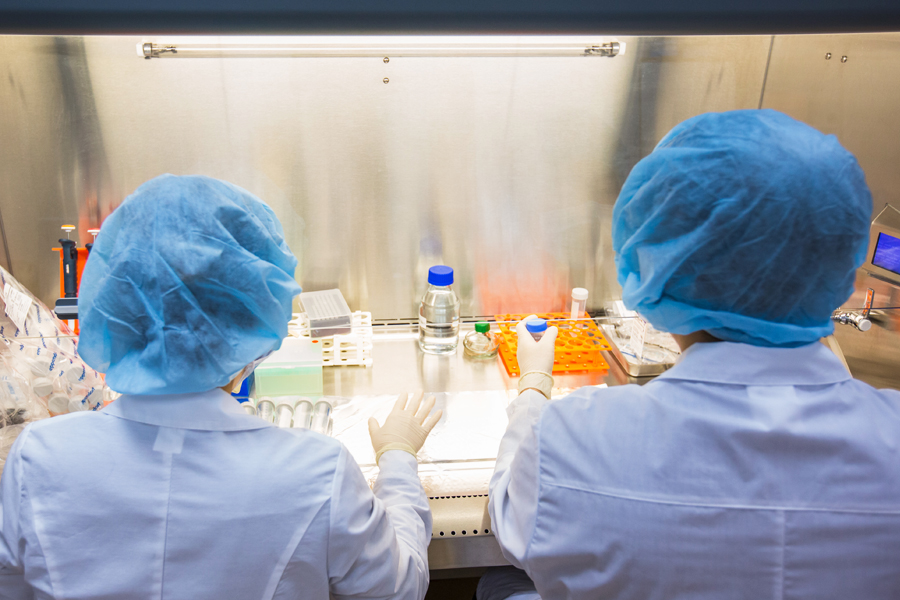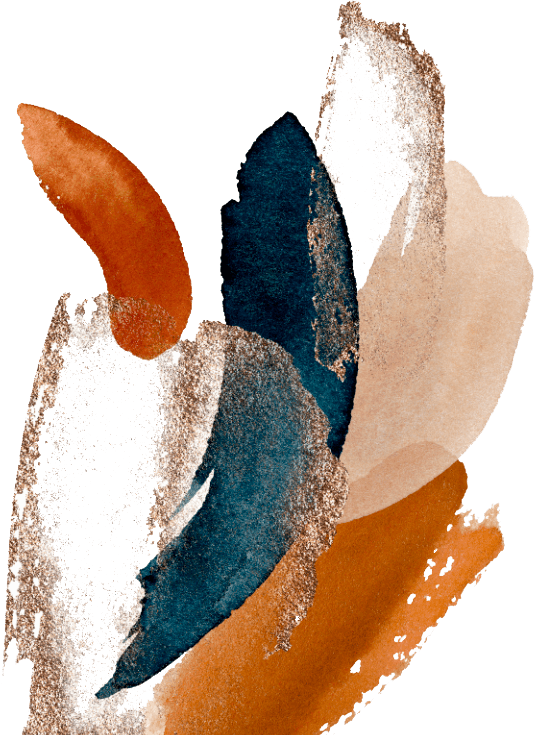
Photo: Michil YAKOVLEV / NEFU Newsroom
- 23 April 2019
- 2326
Scientists from NEFU and Sooam Foundation continue joint research on the cloning of an ancient foal
At North-Eastern Federal University, an international team of scientists continues to search for an active cell that can give birth to an ancient foal that lived on Earth 42,000 years ago. The study of an ancient animal showed that it was only one or two weeks old, according to the Mammoth Museum of NEFU Research Institute of Applied Ecology of the North.
Annually, locals and scientists find the remains of ancient animals in the territory of Yakutia. One of the latest sensational discoveries was the carcass of a foal, laid in the permafrost for 42 thousand years. Currently, Korean and Yakut scientists are exploring the possibility of animal cloning, according to NEFU Molecular Paleontology International Center for Collective Use. Specialists and researchers who worked with all the unique paleontological discoveries over the past 15 years, noted that the preservation of the Verkhoyansk foal is the best of all studied.
In September, samples of wool, soft tissues and biological fluids of an ancient foal were also taken by specialists from the Clinic of NEFU Medical Institute and the Institute of Physics and Technologies. Doctor of Medical Sciences, Professor, Head of the Department of Normal and Pathological Anatomy, Operative Surgery with Topographic Anatomy and Forensic Medicine of NEFU Medical Institute Darima Garmayeva notes that it is too early to talk about the results of histological research.
“Currently, there is a sample preparation of the seized material. I would also like to note that indeed, visually, the preservation of this ancient object is unique. Almost all internal organs are anatomically preserved, but the results of morphological studies will show the degree of preservation of the architectonics of tissues and cells in permafrost conditions. It is necessary to understand that the study and assessment of the cellular and tissue structures preservation of ancient animals from permafrost are necessary for the development of cryopreservation technologies for whole organs,” said NEFU professor Darima Garmayeva.
The significance of the study was described by Korean young scientists who are now working at NEFU joint laboratory and Sooam Biotech Research Foundation. Research and developments of Korean scientists are considered advanced worldwide in the field of cloning of living organisms. Son Yon Bom believes that if there are ethical issues with human cloning, there are no such issues with animal cloning: “In the future, technology will be improved and it will be possible to create animal chimeras. (Chimera is an organism consisting of genetically heterogeneous cells). This will be important for the study of animal and human diseases.”
Let us remember that the Molecular Paleontology International Center for Collective Use (ICCU) was opened in March 2015 on the basis of RIAEN laboratory “Mammoth Museum named after P.A. Lazarev" as a separate structural unit of the Institute. The ICCU opening was made possible by the Agreement on Scientific Cooperation under the project “Revival of the Mammoth and Other Fossil Animals” concluded between NEFU and Sooam on September 23, 2012.


 English
English Russian
Russian Chinese
Chinese